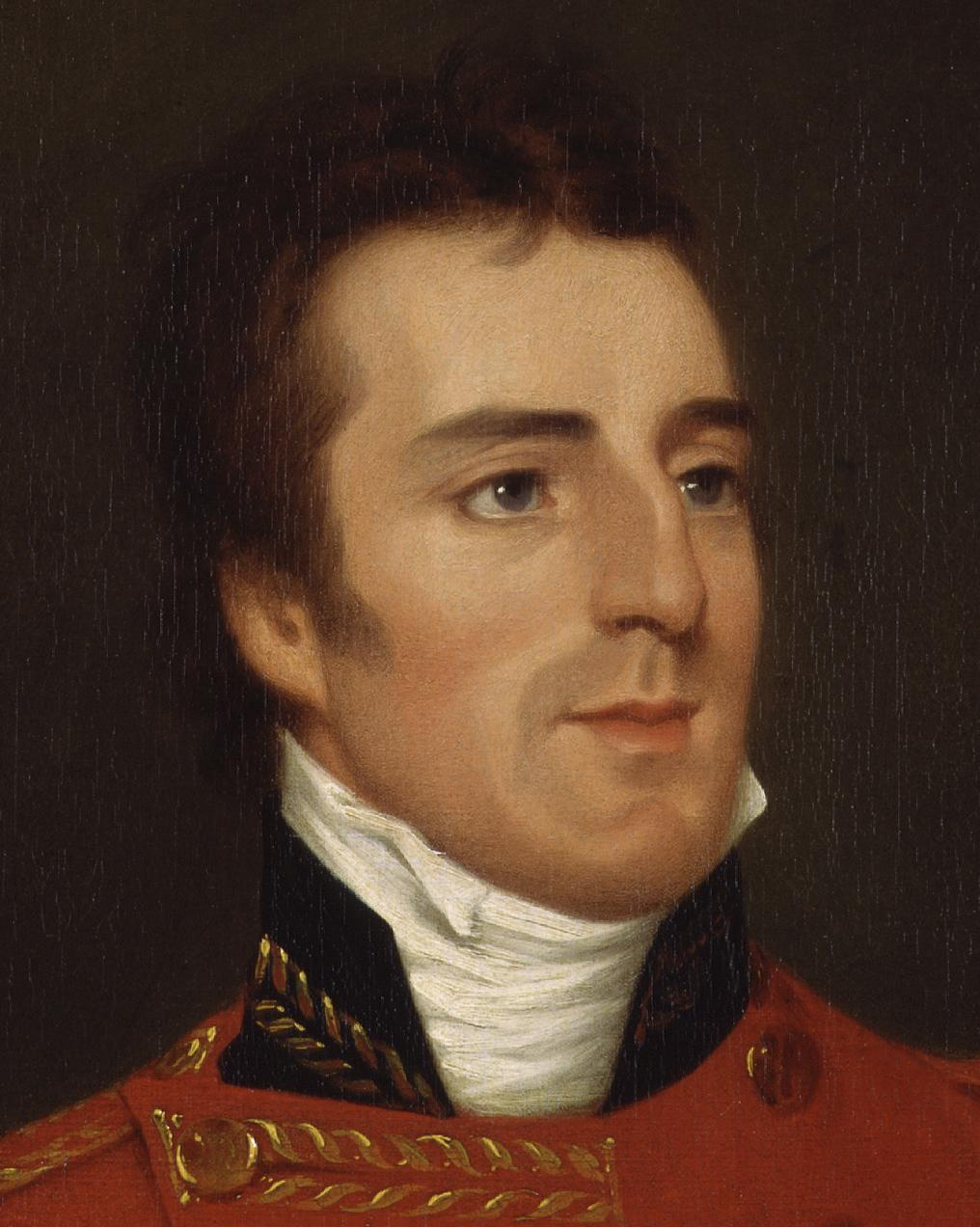All the business of war, and indeed all the business of life, is to endeavor to find out what you don't know by what you do; that's what I called 'guessing what was at the other side of the hill.'
The Duke of Wellington

 The Duke of Wellington devoted singular effort to knowing what his enemies—normally the French—were up to, and he was equally zealous in ensuring that the French were kept in ignorance of his intentions. A study of the Peninsular wars is well worth while. Actually, why stop there. He evolved into a seasoned and successful soldier in India first—and won some difficult battles there.
The Duke of Wellington devoted singular effort to knowing what his enemies—normally the French—were up to, and he was equally zealous in ensuring that the French were kept in ignorance of his intentions. A study of the Peninsular wars is well worth while. Actually, why stop there. He evolved into a seasoned and successful soldier in India first—and won some difficult battles there.
The trick to understanding Wellington is to appreciate that he was a thoroughly experienced, hands-on soldier, with an eye for detail, and a deep understanding of how to read a battle—and what needed to be done there and then. Again and again, it was his his personal intervention at just the right time which made all the difference. It is a moot point as to whether his men actually liked Wellington, but they certainly respected, trusted, and followed him with a will.
Where terrain was concerned, the Duke liked to reconnoiter personally well in advance (he was an accomplished and energetic horseman), pick his ground, and—as often as not—mask his true strength by keeping a goodly portion of his force out of sight (and out of direct artillery fire) on the reverse slopes of the hills he occupied. This tactic succeeded again and again—and was significant in the Battle of Waterloo.
The Duke would have found JLENS useful (though he would have been scathing about the U.S. Army’s consistent over-emphasis on acronyms, and general butchery of the English language). The duke wrote with pithy and forceful elegance.
My Lord,
If I attempted to answer the mass of futile correspondence which surrounds me, I should be debarred from the serious business of campaigning...
So long as I retain an independent position, I shall see no officer under my command is debarred by attending to the futile driveling of mere quill-driving from attending to his first duty, which is and always has been to train the private men under his command that they may without question beat any force opposed to them in the field.
To the Secretary of State for War during the Peninsular Campaign
This is what that useful site defensetech.org says about the JLENS Surveillance Aerostat.
The Army is developing 80-yard long surveillance balloons that can pinpoint targets from beyond-the-horizon by floating up to 10,000-feet in the sky and using radar technology to locate potential targets — such as approaching enemy missiles, aircraft or unmanned systems.
So far, the Army has acquired two systems of the Joint Land Attack Cruise Missile Defense Elevated Netted Sensor System, or JLENS. JLENS completed Early User Testing in the third quarter of 2013, and concluded system design and development in the fourth quarter of 2013, Raytheon officials said.
The JLENS system completed developmental testing in December of last year; one of the two systems will participate in an operational evaluation at Aberdeen Proving Grounds, Md., and the other is being placed in strategic reserve by the Army in case it is needed for deployments.
A single JLENS orbit, which can help defend population centers, ground troops or other assets consists of two helium-filled aerostats tethered to ground stations with a cable, Raytheon officials said.
One of the two aerostats is engineered with VHF radar technology that can scan the surrounding areas out to distances of 500 kilometers, said Douglass Burgess, JLENS director, Raytheon. The VHF radar scans 360-degrees and is designed to identify targets or areas of interest for the second aerostat which uses a more precise X-band radar, he added.
The X-band radar, while higher resolution, does not scan a 360-degree area but is instead segmented into specific areas or vectors, Burgess explained.
“The two radars work as a pair. They exchange data back and forth so you have a complete picture of what is around you,” he said. “The surveillance radar gives you large volume with a lot of objects. It provides pretty good quality data on where threats are and where they are going. The X-band radar only sees a sectored wedge at a time and it moves mechanically in the direction the threat is coming.”
By placing the radars high up in the air, JLENS could help ground units see over mountains and identify approaching threats from much longer distances that might be possible on the ground.
“At 10,000-feet, we’re not limited by the horizon anymore,” Burgess said.
On three separate test occasions, JLENS has demonstrated its ability to integrate with defensive systems and help Patriot, Advanced Medium Range Air to Air Missile and Standard Missile 6 weapons intercept a cruise missile target, Raytheon officials said.
JLENS has also tracked threats such as swarming boats, unmanned aircraft, and detected tactical ballistic missiles in their earliest phase of flight, the boost-phase.
No comments:
Post a Comment